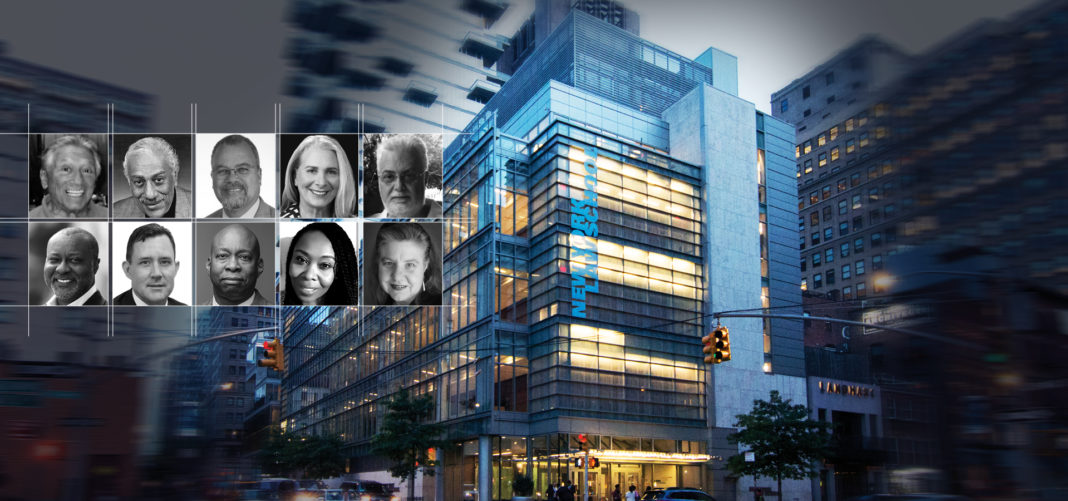Since 1894, NYLS’s Evening Division has produced some of the School’s most accomplished graduates, from law firm partners to government officials, entrepreneurs, and advocates.
Though their career paths diverge, the students and alumni in this special cohort are united by the ambition required to pursue work and law school simultaneously and the flexibility needed to shift seamlessly from the office to the classroom, and back again.
Ask an evening graduate which memories resonate most strongly, and you’re likely to hear about that crucial 5:00 p.m. to 6:00 p.m. window—an hour spent running, sometimes literally, from work to school. “What I remember most is feeling breathless,” one graduate said. While the names have changed and the technologies have evolved, the core experience of being an evening student has remained a powerful source of pride and connection for alumni throughout the decades. One alum described the Evening Division as “the New York City success story in microcosm. It’s the golden door. I don’t mean money; I mean opportunity.”
In this feature, we explore the Evening Division’s rich history, hear from evening alumni who are leaders in their fields, and learn how NYLS is building a 21st-Century Evening Division.
Each section includes a way for you to be involved in the Evening Division, as it celebrates its Quasquicentennial (by the way, that’s a word that didn’t exist in 1894) anniversary and looks ahead to the future.
NYLS’s Evening Division was founded in 1894—the same year bottled Cola-Cola hit the market, the patent for motion picture films was granted, and Pullman Company workers launched a nationwide strike.
These developments spoke to broader societal changes: technology was accelerating, ideas were being shared further and faster than ever, and the wealth gap was widening. Meanwhile, legal education was expanding and becoming formalized.
Three years prior, a group from Columbia Law School had broken away to launch NYLS. The School’s founders, propelled by a spirit of innovation, saw no reason to restrict its programming to the daytime hours. When the “Evening School,” as it was called in advertisements from the time, launched, it became a destination for working professionals, many drawn from New York’s working class communities, to advance their careers and pursue their dreams.
“Night People Speak.”
So went the title of a cover story by Glenn M. Miller ’92 in a September 1989 issue of the New York Law School Reporter.
At the time, Miller was the Student Bar Association’s Evening Division Representative—a role that gave him a platform to advocate for his classmates. In his article, Miller urged NYLS to hold more workshops and panel discussions in the evenings. He also praised the Financial Aid and Student Affairs staff for working late to avail themselves to evening students.
Reached by phone recently, Miller immediately recalled writing the piece. “Access—That’s what we wanted,” he said. Indeed, the first section of his 1989 column was titled “Access.”
In this section, 10 of Miller’s fellow “Night People” reflect on life as an evening student throughout the years.
For 125 years, Evening Division students have worked to balance their academic, professional, and personal lives. Accepting that challenge is key to deciding to attend law school at night.
But the economy has changed significantly since 2008. Today’s evening students are more likely to be tethered to their work phones and emails, rendering the “9-to-5 job” a thing of the past. Housing and childcare costs in New York City have climbed while wages have remained relatively flat. Meanwhile, employer programs that fund graduate education have been trimmed. As a result, modern evening students face unprecedented academic and bar study challenges.
NYLS is on a mission to reshape its Evening Division to embrace the needs of the modern workforce. This project is especially important given the Evening Division’s access-focused mission and its legacy as an on-ramp to law school for generations of working professionals, many of whom are members of historically underrepresented groups.


